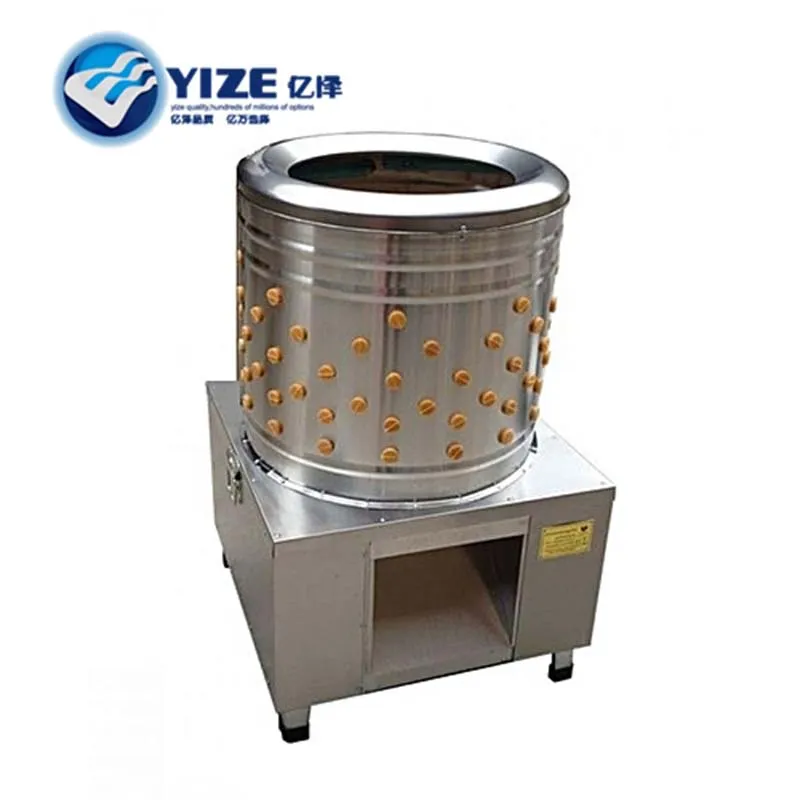Innovative Livestock Processing Solutions for Modern Slaughterhouses and Meat Production Efficiency
Aug . 15, 2024 18:25 Back to list
Innovative Livestock Processing Solutions for Modern Slaughterhouses and Meat Production Efficiency
The Evolution and Importance of Slaughter Equipment
In the modern world, the meat industry plays a pivotal role in food production, providing sustenance for millions across the globe. At the heart of this industry lies slaughter equipment, which has evolved significantly over the years to enhance efficiency, safety, and animal welfare. Understanding the advancement of slaughter equipment is crucial for anyone engaged in meat production, veterinary sciences, or food safety.
Historically, the slaughtering of animals was a rudimentary process, often performed with minimal tools and techniques. However, as the demand for meat grew, so too did the need for systems that could handle the slaughtering process more humanely and efficiently. The introduction of specialized slaughter equipment revolutionized the industry by mechanizing many aspects of the process, allowing for faster and safer handling of livestock.
One of the most significant advancements in slaughter equipment is the incorporation of automated systems. These machines not only increase the speed of slaughter but also improve the overall hygiene of the process. For instance, modern processing plants utilize conveyor belts and automated stunning devices that ensure a quick and humane death for the animals. Stunning techniques, such as electrical stunning or captive bolt pistols, are engineered to minimize suffering, aligning the slaughter process with animal welfare standards.
Moreover, technological innovations in slaughter equipment also extend to the inspection and cleaning phases
. Modern facilities are equipped with advanced cleaning systems that use high-pressure washing and sanitization techniques to prevent cross-contamination. Additionally, real-time monitoring technologies ensure that every step of the slaughtering process adheres to health and safety regulations, thus maintaining the quality of the meat produced.slaughter equipment

Another critical aspect of contemporary slaughter equipment is its ability to be customized for different species and production scales. For instance, specialized tools for processing cattle differ significantly from those designed for poultry or hogs, considering the size and anatomical differences. Furthermore, small-scale local operations may require different equipment than large industrial plants, emphasizing the need for flexible and versatile slaughter systems.
A salient concern in today’s meat industry is the emphasis on sustainability and environmental impact. Many companies are investing in more sustainable slaughter equipment that not only reduces waste but also utilizes energy-efficient technologies. Innovations such as water-saving systems and energy recovery from waste have emerged as integral components of modern slaughter facilities, enabling them to produce meat with a smaller carbon footprint.
Equally paramount is the training and safety of personnel operating slaughter equipment. As technology advances, so does the necessity for skilled workers who can effectively manage sophisticated machinery. Training programs focused on the safe operation of slaughter equipment help to protect workers from potential injuries while ensuring that the machinery functions correctly and efficiently.
In conclusion, the evolution of slaughter equipment reflects the meat industry’s response to rising consumer demands for efficiency, safety, and ethical practices. Through automation, customization, and a focus on sustainability, the modern slaughtering process has become more humane and environmentally conscious. As technology continues to develop, the future of slaughter equipment will likely bring even more innovations, ensuring that the industry can meet the challenges of the global food supply while adhering to high standards of animal welfare and food safety. Understanding these dynamics is crucial for anyone involved in the meat production sector as we strive to balance the needs of consumers with ethical considerations.
-
Hot Sale 24 & 18 Door Rabbit Cages - Premium Breeding Solutions
NewsJul.25,2025
-
Automatic Feeding Line System Pan Feeder Nipple Drinker - Anping County Yize Metal Products Co., Ltd.
NewsJul.21,2025
-
Automatic Feeding Line System Pan Feeder Nipple Drinker - Anping County Yize Metal Products Co., Ltd.
NewsJul.21,2025
-
Automatic Feeding Line System - Anping Yize | Precision & Nipple
NewsJul.21,2025
-
Automatic Feeding Line System - Anping Yize | Precision & Nipple
NewsJul.21,2025
-
Automatic Feeding Line System-Anping County Yize Metal Products Co., Ltd.|Efficient Feed Distribution&Customized Animal Farming Solutions
NewsJul.21,2025






